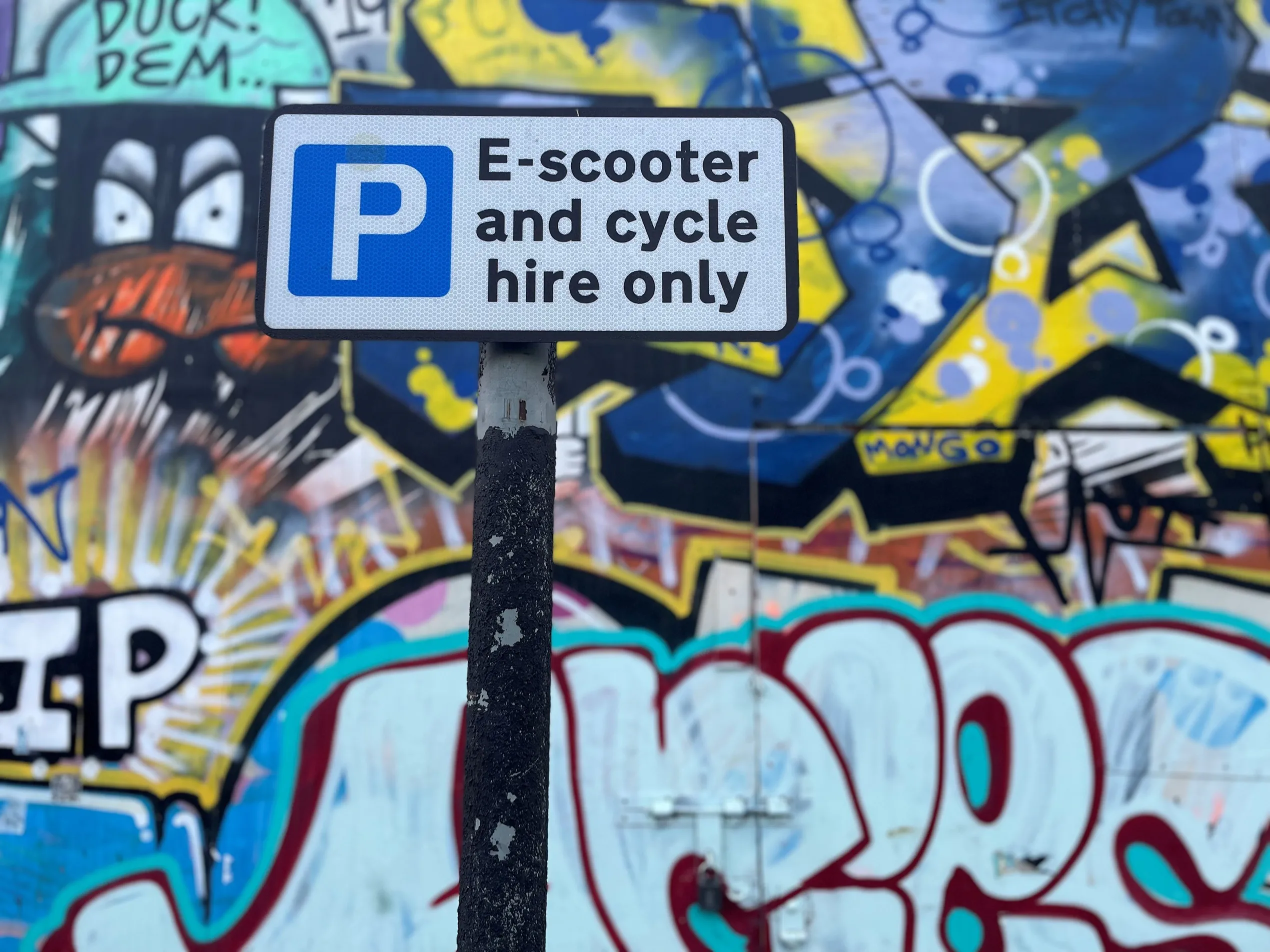First promised in 2012, light-absorbing glow-in-the-dark road markings have finally made an appearance on a 500 metre stretch of the N329 road in the Netherlands.
Developed by artist Daan Roosegarde and Dutch civil engineering firm Heijmans, the markings use a photo-luminescent powder integrated into the road paint, absorbing light during the day and glowing for up to eight hours in the dark.
Part of Roosegarde’s vision included weather markings that become visible at certain temperatures, such as a s
April 15, 2014
Read time: 2 mins
First promised in 2012, light-absorbing glow-in-the-dark road markings have finally made an appearance on a 500 metre stretch of the N329 road in the Netherlands.
Developed by artist Daan Roosegarde and Dutch civil engineering firm6836 Heijmans, the markings use a photo-luminescent powder integrated into the road paint, absorbing light during the day and glowing for up to eight hours in the dark.
Part of Roosegarde’s vision included weather markings that become visible at certain temperatures, such as a snowflake symbol that would appear when the temperature reached a certain level. For the moment, the trial site only features the glow-in-the-dark road markings along the highway edges.
The new roads aim to improve safety and cut energy use from road lighting. Speaking to the BBC last year about his plans Roosegaarde said: "The government is shutting down streetlights at night to save money, energy is becoming much more important than we could have imagined 50 years ago. This road is about safety and envisaging a more self-sustainable and more interactive world."
One Netherlands news report said, "It looks like you are driving through a fairytale, which pretty much sums up this extraordinary project. The design studio likes to bring technology and design to the real world, with practical and beautiful results.”
According to a report in Dutch News, Heijmans wants to expand the project but has not yet secured any further contracts. There is also no information on how the paint holds up against wear and tear in use.
Developed by artist Daan Roosegarde and Dutch civil engineering firm
Part of Roosegarde’s vision included weather markings that become visible at certain temperatures, such as a snowflake symbol that would appear when the temperature reached a certain level. For the moment, the trial site only features the glow-in-the-dark road markings along the highway edges.
The new roads aim to improve safety and cut energy use from road lighting. Speaking to the BBC last year about his plans Roosegaarde said: "The government is shutting down streetlights at night to save money, energy is becoming much more important than we could have imagined 50 years ago. This road is about safety and envisaging a more self-sustainable and more interactive world."
One Netherlands news report said, "It looks like you are driving through a fairytale, which pretty much sums up this extraordinary project. The design studio likes to bring technology and design to the real world, with practical and beautiful results.”
According to a report in Dutch News, Heijmans wants to expand the project but has not yet secured any further contracts. There is also no information on how the paint holds up against wear and tear in use.










